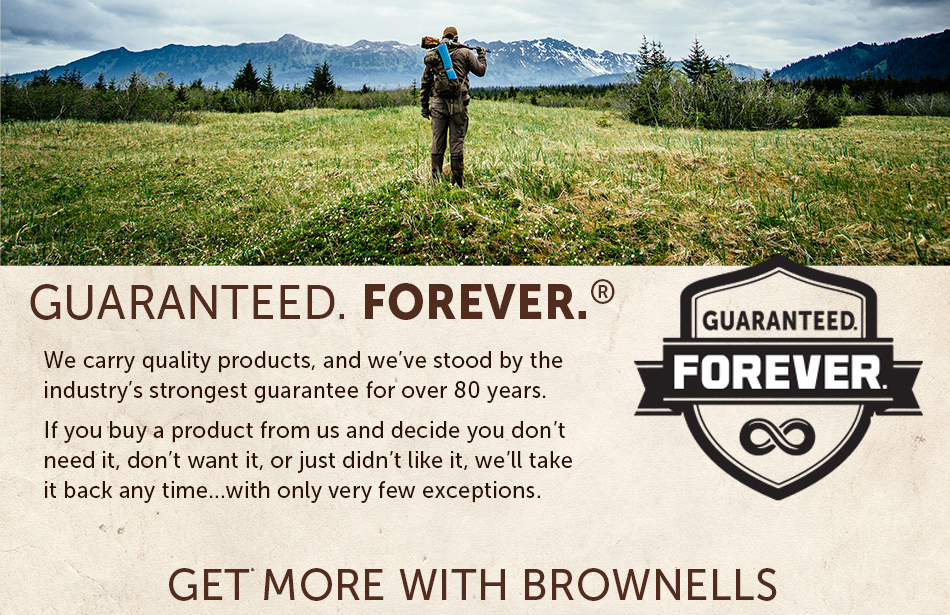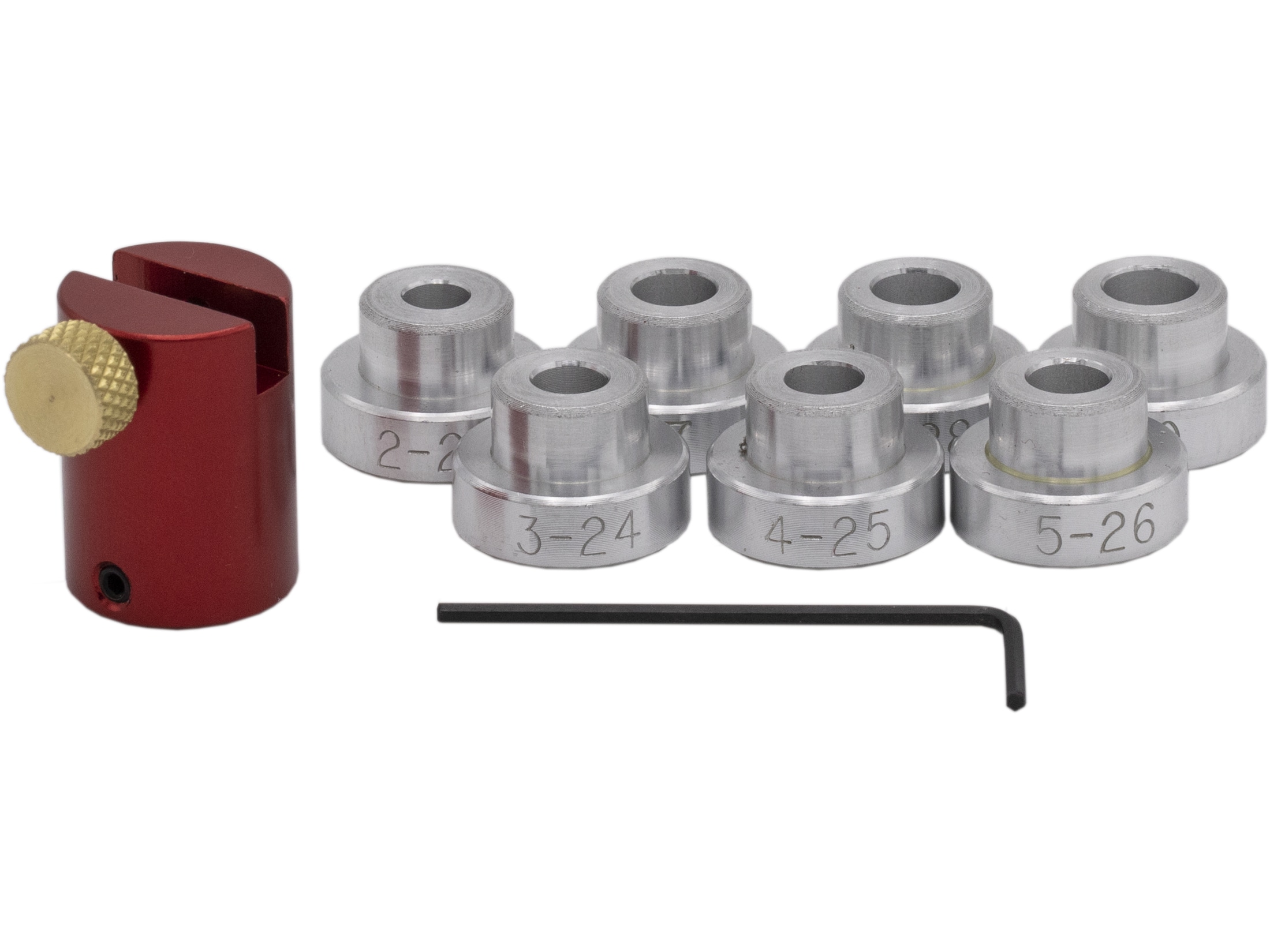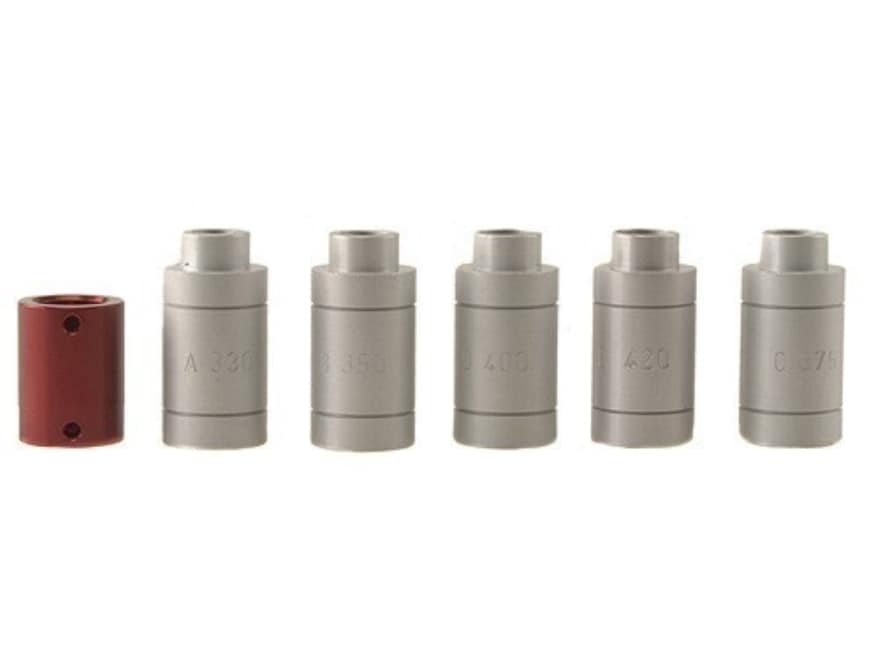Hey all. I've been searching the forums and seems that I'm getting lost in the sauce of threads from 2021 to 2008. I've been reloading this year with some decent success with my 6.5 (using factory 2nd 140hpbt, it did the trick) and started to load for my .308 I just got back. I'm currently going to use up the hundreds of 168smk I have stock with once fired federal brass for the winter. I'm using a S.A.C. Seater Die and my C.O.A.L seems to be all over the place. Is it standard practice to measure and sort the bullets by length before loading to COAL?
I initially started at getting my rounds to 2.8000, but have gotten anywhere from 2.8030 to 2.7890. Is this due to the consistency of the 168SMK? If so, do I need to place my time into measuring each individual bullet and sorting them accordingly? I planned on loading to 2.8 for a load test then finding a better seating depth after.
Thanks for the help.
I initially started at getting my rounds to 2.8000, but have gotten anywhere from 2.8030 to 2.7890. Is this due to the consistency of the 168SMK? If so, do I need to place my time into measuring each individual bullet and sorting them accordingly? I planned on loading to 2.8 for a load test then finding a better seating depth after.
Thanks for the help.



